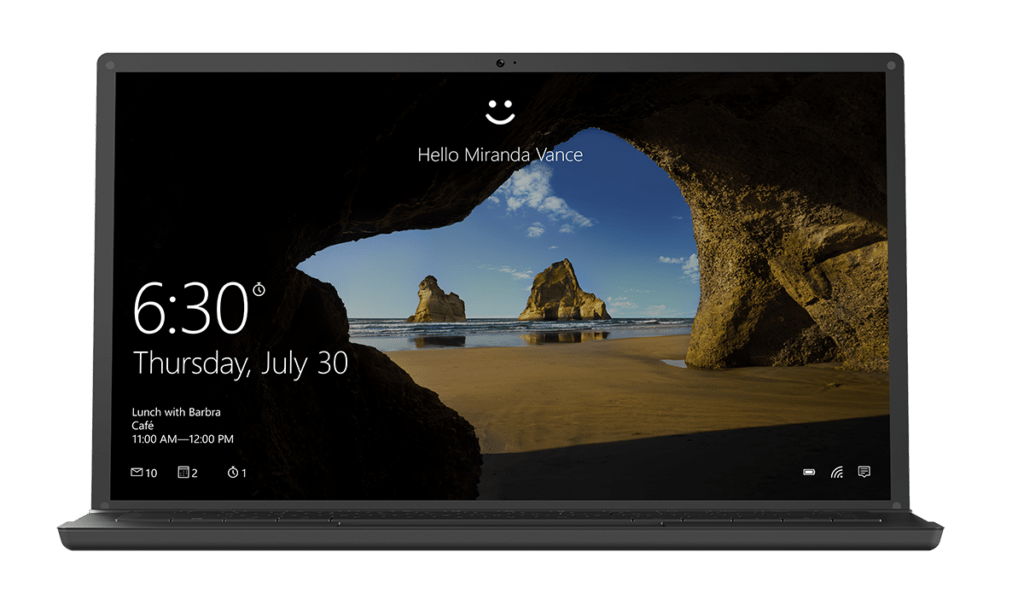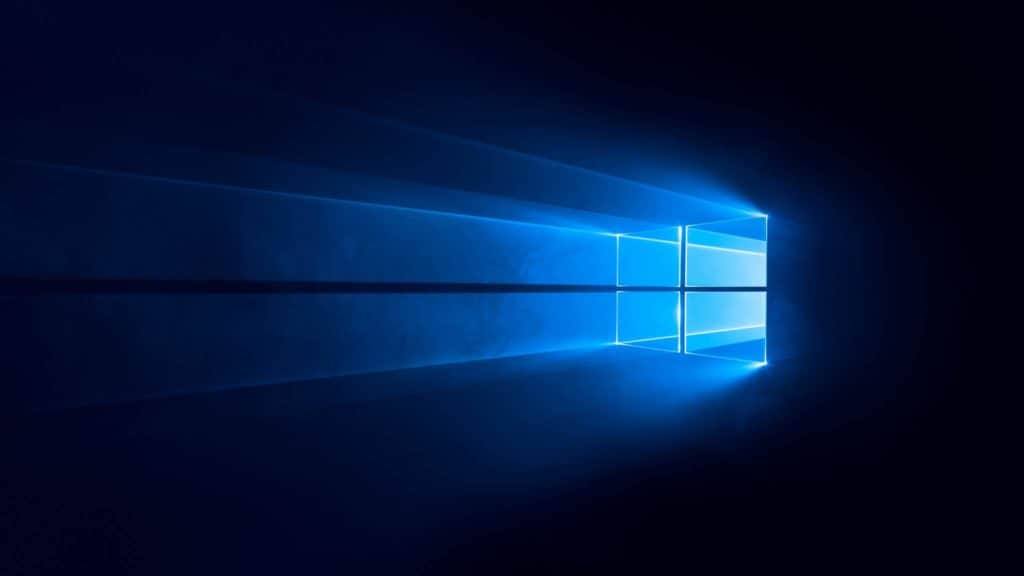Last Updated on
Microsoft has pushed out a new update to Windows 10, this time introducing 21H2 Build 19044.1263 (KB5005611) to the operating system. It’s a fairly rudimentary update, in all honesty, mostly fixing up the various issues that seem to have been persisting since the last update.
We love to keep on top of the latest updates, but this is quite a, how do I put it, boring one. There’s not much here to talk about, but it’s interesting to see what was broken with Windows 10, as it’s coming into its twilight years and it’ll be interesting to see if Windows 11 is going to incorporate these fixes in the future.
What’s new in Windows 10 21H2?

John Cable’s blog details this further, but the more interesting highlights from the update include a new WPA3 H2E security standard to the OS for future Wi-Fi needs, as well as GPU compute support for the Linux subsystem in Windows 10 and Azure Internet of Things Edge for Linux. Essentially they’re updating the optional Linux you can install in Windows 10 to make better use of your hardware.
The more curious one is the push for Microsoft’s vision of a future without passwords. They’re calling it Cloud Trust, which is going to allow for Windows Hello to be easily implemented across businesses. This is wild, that businesses are now being given full autonomy to just give up on passwords and rely on Windows Hello, even after Microsoft’s countless issues with ransomware in the last couple of years.
Windows Hello is Microsoft’s new security feature that aims to do away with passwords, using pins, biometric scans, and facial recognition.
What’s improved in Windows 10 21H2?

Here are the rest of the updates for you filthy animals, who love a good update to Windows 10:
- We fixed an issue that changes the device’s current UI language. This occurs during an unattended out-of-box experience (OOBE) language pack installation scenario on a desktop.
- We fixed an issue that causes the system time to be incorrect by one hour after a daylight saving time (DST) change.
- We fixed an issue that causes the Server Manager application to disappear after you use it to remove Hyper-V features on Windows Server 2022.
- We fixed an issue with parsing time formats in event logs. This issue occurs when you exclude milliseconds.
- We fixed an issue that causes the DnsCache service to increase the CPU usage to 100% utilization. As a result, the device stops responding.
- We provided administrators the option to reset the zoom to the default for HTML dialogs in Microsoft Edge Internet Explorer mode.
- We fixed an issue that stops calls to the Windows Image Acquisition (WIA) minidriver for Windows Portable Devices (WPD) devices that you access using WIAMgr.
- We fixed an issue that causes applications, such as Microsoft Outlook, to suddenly stop responding during normal use. This occurs if the application created and removed UI elements on a background thread that is no longer receiving messages.
- We fixed an issue with the Microsoft Outlook Add-in that prevents you from providing input after you select Reply.
- We fixed an issue that fails to keep the NumLock state after a Fast Startup restart.
- We fixed an issue with sharing a screen using Microsoft Teams. Protected content, such as a digital rights management (DRM) email, appears black for the presenter, but appears transparent for everyone else.
- We fixed an issue that might prevent drawing on the screen using Windows Context::UpdateRgnFromRects from working.
- We fixed an issue that might cause distortion in the audio that Cortana and other voice assistants capture.
- We removed the limitation of 25 maximum Traffic Selectors in the Windows native Internet Key Exchange (IKE) client and server.
- We fixed an issue that fails to display the smart card PIN dialog when you are connected to a virtual private network (VPN). This issue occurs after upgrading to Windows 10, version 2004.
- We fixed an issue that causes a memory leak in lsass.exe when the pTokenPrivileges buffer is not released.
- We fixed an issue with a non-paged pool (NPP) leak from the UxSF pool tag. This leak occurs when lsass.exe stops processing asynchronous Security Support Provider Interface (SSPI) calls.
- We fixed an issue that prevents the xhunter1.sys driver from loading. As a result, some games cannot run when you enable Hypervisor-Protected Code Integrity (HVCI).
- We fixed an issue that causes Windows to stop working if you deploy a Code Integrity policy without user mode rules.
- We improved the performance of MsSense.exe in environments with User Datagram Protocol (UDP) applications that require high amounts of bandwidth.
- We fixed an input method editor (IME) mode instability in the RemoteApp scenario. You must install this update on the Remote Desktop server and Remote Desktop client.
- We fixed an issue that causes blurry News and interests icons when you use certain screen resolutions.
- We fixed a paged pool memory leak of the registry keys for the Virtual Desktop ID that occurs in explorer.exe.
- We fixed an issue that causes LogonUI.exe to stop working because Direct Manipulation fails to start.
- We fixed an issue that causes News and interests to appear in the context menu even when you have disabled it on a device.
- We fixed an issue that causes the configuration for multiple artifact DB support across datacenters to fail for Security Assertion Markup Language (SAML) artifacts.
- We fixed an issue that causes the LsaLookupSids() function to fail. This occurs when there are security identifiers (SID) for users that no longer exist in a group that contains cross-domain trusted users.
- We fixed an issue that fails to apply the post_logout_redirect_uri= parameter when you use an External Claims Provider.
- We fixed an issue with a deadlock in the WebDav redirector that occurs when it attempts to read a file from the local TfsStore. As a result, the system stops responding.
- We fixed an issue that causes a stop error after a restart.
- We fixed an issue with Enterprise Mode Site List redirection from Internet Explorer 11 to Microsoft Edge. In certain circumstances, the redirection opens a site in multiple tabs in Microsoft Edge.
- We removed a hyperlink that might cause the Input app to stop working when you first enter fuzzy pinyin content.
- We fixed an activation issue for the Input application.
- We fixed an issue that causes apps to lose focus when the taskbar is not at the bottom of the screen.
- We fixed an issue that always reports the update build revision (UBR) as zero (0) on a device during enrollment to mobile device management (MDM) service.
- We fixed an issue with PropertyGet in JScript9.dll.
- We implemented a Group Policy for the registry key below:
- Key: HKLM\Software\Policies\Microsoft\Windows NT\Printers\PointAndPrint
- Value: RestrictDriverInstallationToAdministrators


